One of the simplest ways to add more fruit trees to the property is to engage in what's known as tree propagation. Basically, this involves preparing fruit tree cuttings that you will then plant in whatever areas will allow for maximum growth. There's an art to taking cuttings from fruit trees of different types, so it pays to learn a bit about what to do. Here are the essential steps that you will want to follow.
How to Take Cuttings From Fruit Trees
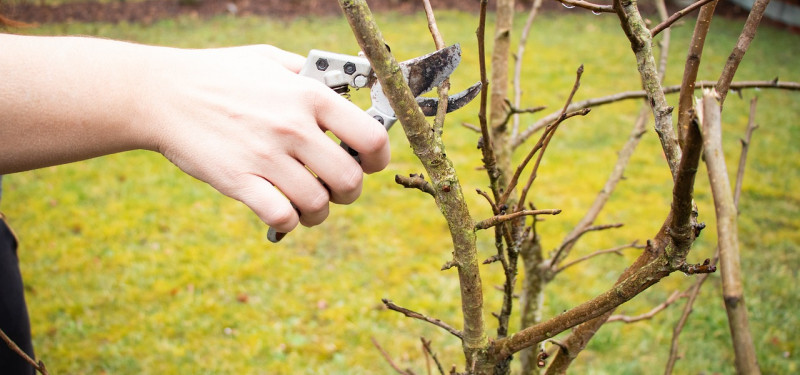
Does the Type of Fruit Tree Matter?
Harvesting cuttings is something that can be done with all sorts of fruit trees. The key is to choose a tree that's mature enough to yield a decent cutting. It also helps to know that it may take more time for some cuttings to root than it does others.
For example, you will find that most varieties of apple trees UK will show signs of roots within a month after you harvest the cutting. Comparatively, cuttings from plum trees are likely to develop roots somewhere between a month and six weeks. This assumes you've done due diligence and know how to harvest the cuttings, and what do do with them once they are prepared.
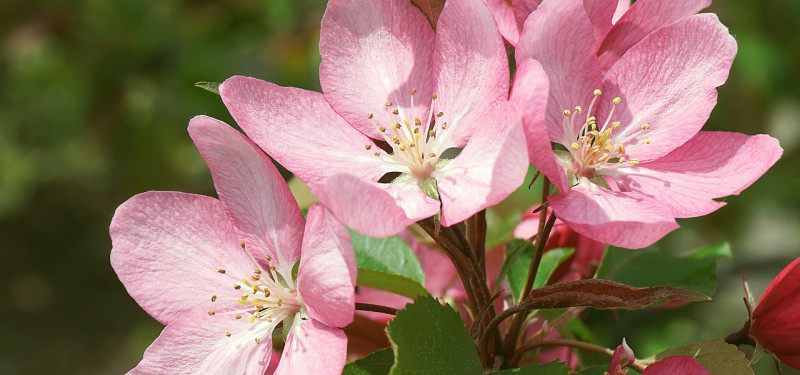
Which Seasons Are Best For Harvesting Cuttings?
For the best results, it's good to know when to harvest cuttings. For most varieties, you would do well to go with relatively new growth on a mature tree. This is known as collecting softwood cuttings, and involves collecting a cutting from growth that's still green and somewhat flexible. The bark on this type of cutting is still minimal.
With softwood cuttings, the early days of spring is the best time to harvest them. At this juncture, the new branch is green, but the blossoms have not yet begun to appear, or there are only a few.
You may also harvest semi-hardwood cuttings. This still involves concentrating on relatively new growth. At this point, the wood has started hardening, and the bark is more apparent. With this type of cutting, you want to wait until the early part of summer to do any harvesting.
After harvesting the cutting, remember to strip off any blossoms and foliage from the lower part; this will direct more nutrients toward developing the root system.
Is There a Particular Part of the Tree That Works Best?
Many experts discourage the use of the more mature areas of the fruit tree for harvesting cuttings. Instead, the recommendation is to focus attention on branches that have developed in the last few weeks or months. Given the growth spurt that most fruit trees experience after winter is over, it makes sense to look for new growth beginning in the early spring and extending into the early summer.
It's branches that are still in the early stages that should command your attention. Even the semi-hardwood of branches by early summertime are more flexible than the older parts of the tree. You will find it all the easier to collect the cuttings, and leave the rest of the tree to get on with the task of growing fruit.
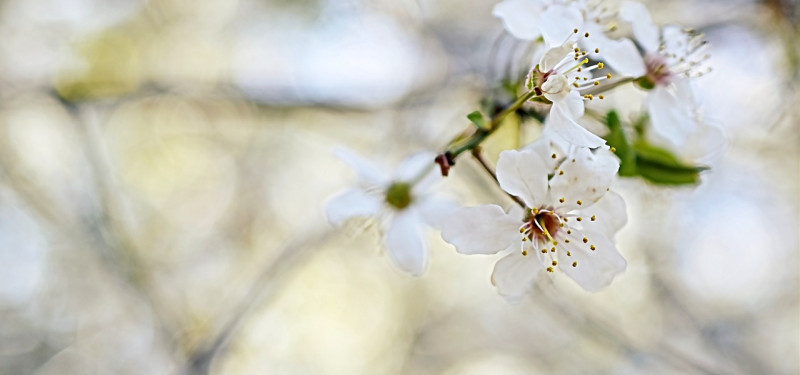
Does the Time of Day Matter?
Now that you understand the best seasons for collecting cuttings is early spring and early summer, is there a time of day that seems to work best? The answer is yes. You should seek to secure the cuttings from fruit trees UK in the early morning.
Why the morning and not later in the day? It has to do with the state of the branches. During the early hours of morning, the newer branches are likely to be in a turgid state. That means they are slightly swollen and are retaining a little more water. This is important, since the cutting will remain viable long enough for you to prepare it for rooting.
What Tools Should I Use to Harvest the Cuttings?
The primary tool you will need for harvesting cuttings from peach trees UK or any other type of fruit tree is a knife that's sharp and clean. While you should avoid using the steak knives that sometimes grace your table, or even the knives that you use in food preparation, there are still other options.
A pocket knife, such as one you would use when camping, will do nicely. For those who are serious gardeners, investing in a grafting knife will do the job. Both of these options are sharp enough to make clean cuts, take little effort to clean, and will remain sharp with a minimum of care.
Make sure that the knife chosen fits easily in your hand. The goal is to ensure you have complete control over the knife while it's in use. That makes it all the easier for you to collect a cutting that's the right length, and has a better chance of rooting properly.
Along with the knife, you may want to have a damp cloth on hand. The goal is to place the cuttings in the cloth and keep the exposed area moist. Doing so provides more time to move on to the next steps of preparing the cutting for rooting.
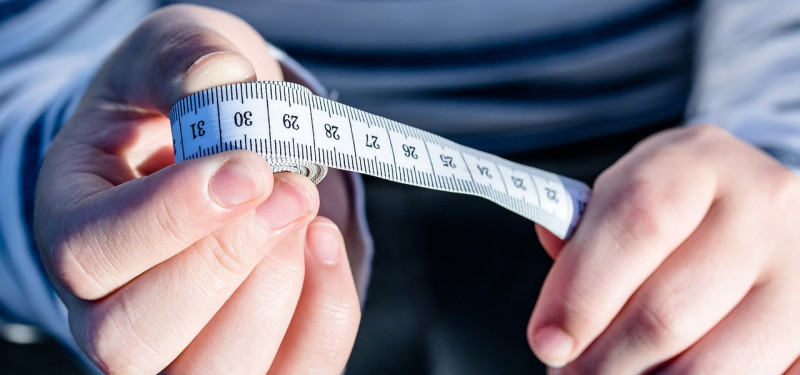
How Long Should The Cutting Be?
There is a range of length to keep in mind when you prepare to harvest a cutting. What you want to go for is a cutting that's at least 15 centimeters (around 6 inches), but no longer than 30 centimeters (just under 12 inches).
Professional gardeners affirm cuttings of this length have a better chance of rooting, and eventually developing into mature fruit trees. Keep this in mind when you consider where to make the cut. If the new growth is not long enough to provide a viable cutting, then you want to select a different branch.
What Should I Do to Prepare The Cutting Before Planting?
Attempting to root cuttings is a little different from growing other types of plants using a similar method. With various types of flowers and other flora, it's common to place a cutting into water, and allow the root system to develop before placing it in any type of soil. That's not what you want to do with your fruit tree cutting.
Instead, you want to place one end of the cutting into some sort of moist rooting media. That media may be potting soil, or it could be perlite or vermiculite. Opting for moist media means the cutting will receive more oxygen, as well as nutrients that help promote growth.
Using water to root the cutting does not necessarily mean nothing will happen. Roots may develop, but they will be weaker. When you do go to plant them, those roots will have a more difficult time adjusting to the new soil setting. As a result, there's more of a chance that the cutting will die.
Keep in mind that you don't want to actually plant the cutting until it's ready. As noted earlier, this will be somewhere between a month and six weeks for most fruit tree cuttings. You'll know the cutting is ready to plant when the root system is roughly 3 centimeters (a little over 1 inch).
You may not be ready to plant the cutting as soon as the root system is developed enough. If so, feel free to place the cutting in a pot, with enough soil for the roots to continue developing. The depth should be similar to what you used with the cutting before. This will be enough to keep the cutting alive until you're ready to plant it in the ground.
Can I Wait Too Long to Plant a Cutting?
Timing means a great deal when it comes to growing trees from cuttings. Just as you should be mindful of when you harvest the cuttings, pay equal attention to when they are planted. Just as you can plant them too early, it's also possible to plant them too late.
If you harvest the cutting in the early spring, and it takes a month for the root system to develop, it's a good idea to have it in the ground by late spring. In like manner, harvesting a cutting in the early summer means that you want to plant it before the middle of the season becomes late summer. In both instances, you have better odds of seeing growth take place by the time autumn arrives.
Remember that you want to protect those cuttings from severe weather during the first year. Doing so provides a chance for the new tree to increase in strength. That includes additional root system growth that will help the tree collect nutrients and be able to withstand exposure to wind, rain, and the other elements.
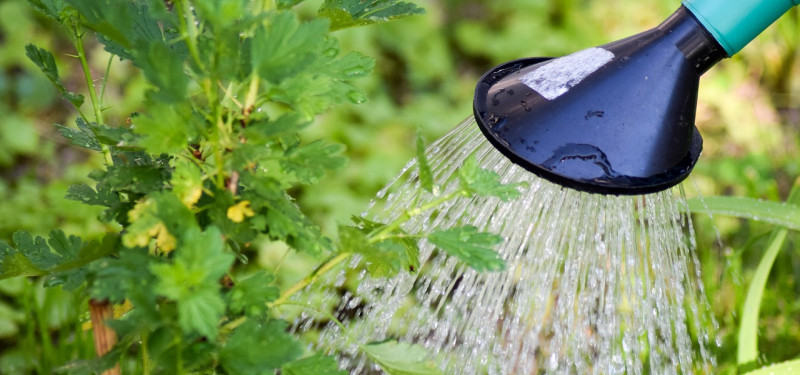
How Should I Nurture the Cutting After It's Planted?
Once the cutting is in the ground, takes steps to protect it. Some sort of fencing or skirting is a good idea. The goal is to not cut off access to sunlight or gentle rains that will help the cutting to mature.
Set up a watering schedule that's suitable for the fruit tree variety. A general schedule would look something like this:
- Daily watering for the first 1-2 weeks
- Water every two to three days beginning with week 3 and continuing through week 12
- After 12 weeks, watering weekly is usually sufficient
Remember that weather conditions will impact how much watering you should do. If the season is particularly rainy, attempting to grow grow trees in UK will mean watering less frequently. If the soil seems too dry, then a little water won't hurt. When the soil is moist, you can likely skip watering for that day.
While you always have the option to buy fruit trees UK as a way of adding to the property, propagation by means of cuttings is also an option that you should consider. If it's something you've never tried before, put these tips to good use. When you see the cutting begin to develop and eventually mature into an adult tree or bush, it will be all the easier to take pride in what you've accomplished